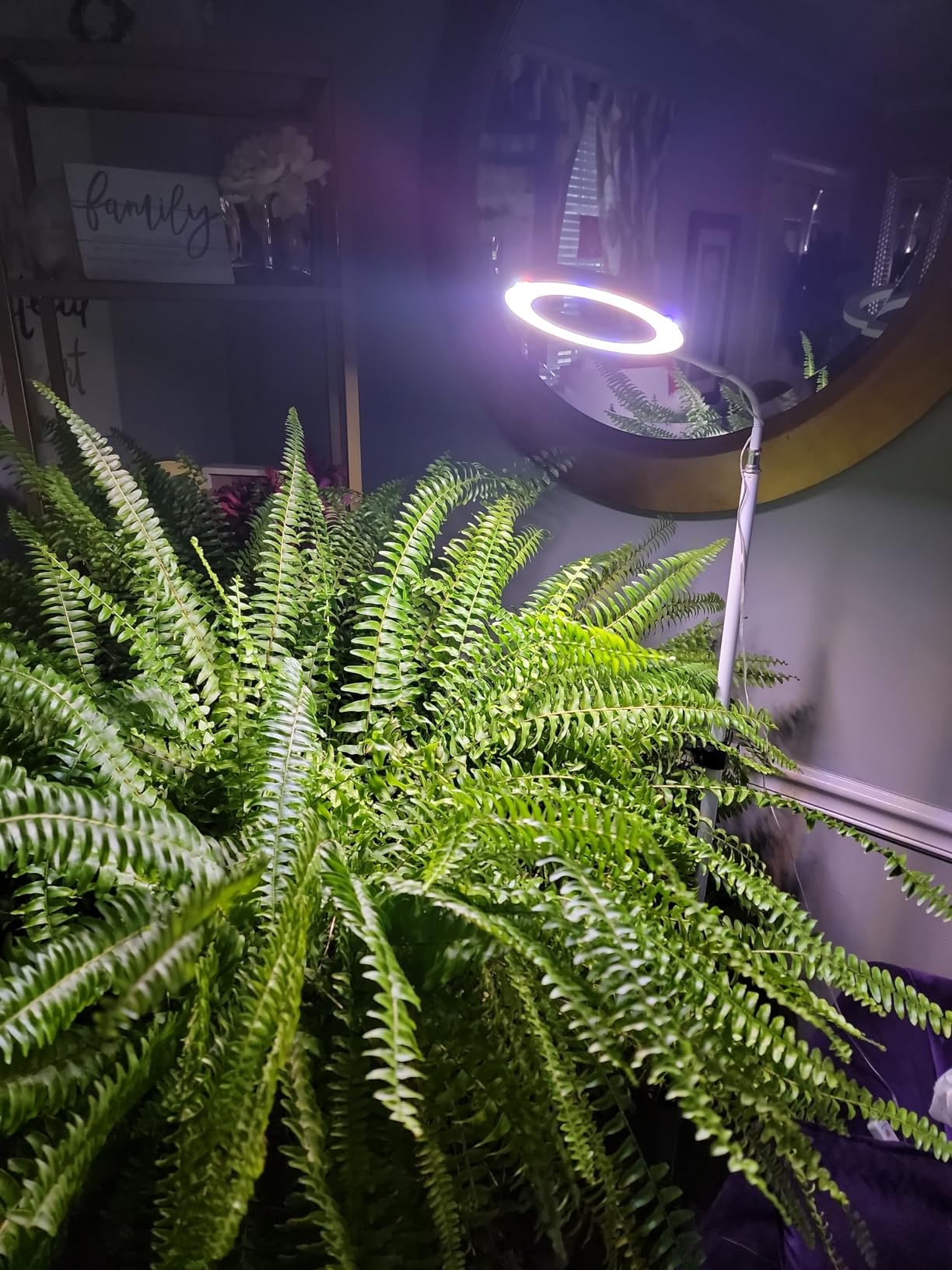Mastering the Art of Creating Ideal Lighting for Plants with Plant Lights

The right lighting environment is the cornerstone of successful plant cultivation. Whether you're nurturing a small home garden, maintaining a vertical farm, or managing plants in an office, plant lights are the key to creating an optimal space for plants to thrive. Here's a comprehensive guide on leveraging plant lights to achieve the perfect lighting conditions for your plants.
Understanding Your Plants’ Lighting Requirements
- Light Spectrum Preferences: Different plants have distinct preferences for light spectra. Leafy greens like lettuce and spinach thrive under a balanced mix of blue and red light. Blue light, in the 400 - 500nm range, promotes strong leaf and stem growth, while red light, around 600 - 700nm, is crucial for photosynthesis and overall plant vigor. For flowering plants such as roses and tomatoes, additional red light during the flowering stage stimulates bud formation and fruit development. Some plants, like cannabis, require specific ratios of red, blue, and other wavelengths to optimize resin production and yield.
- Light Intensity Needs: The required light intensity varies greatly among plants. High - light plants like succulents and tomatoes need intense light, often measured in the thousands of lux. In contrast, shade - loving plants such as ferns and begonias can tolerate lower light levels, typically in the range of a few hundred lux. Understanding these differences is essential for choosing the right plant lights and setting the appropriate brightness.
Selecting the Right Plant Lights
- Full - Spectrum LED Lights: LED lights are a popular choice due to their energy efficiency, long lifespan, and customizable light spectra. Our full - spectrum LED plant lights replicate the entire spectrum of natural sunlight, providing all the necessary wavelengths for plant growth. They consume significantly less energy compared to traditional lighting options, making them cost - effective in the long run.
- Adjustable - Brightness and Height Lights: Look for plant lights with adjustable brightness settings. This feature allows you to fine - tune the light intensity according to your plants’ growth stages and specific needs. Adjustable - height lights are also crucial, as they enable you to maintain the optimal distance between the light source and the plants. For example, during the seedling stage, you can place the lights closer to provide gentle illumination, while as the plants grow, you can raise the lights to prevent light burn.
Setting Up the Lighting Environment
- Determine the Lighting Duration: The length of time your plants are exposed to light, known as the photoperiod, is another critical factor. Short - day plants like chrysanthemums and strawberries require less than 12 hours of light per day to flower. Long - day plants, such as spinach and radishes, need more than 12 hours of light. Using plant lights with built - in timers, like our 8/16 - hour, 12/12 - hour, or 16/8 - hour timing modes, makes it easy to create the right photoperiod for your plants.
- Ensure Even Light Distribution: In larger growing areas, it's important to ensure even light distribution. Place multiple plant lights at appropriate intervals to prevent any plants from being over - or under - lit. Consider using reflectors to bounce light onto areas that may not receive direct illumination, maximizing the efficiency of your lighting setup.
Maintenance and Monitoring
- Regular Cleaning: Keep the plant lights clean to ensure maximum light output. Dust and debris can accumulate on the surface of the lights, reducing the amount of light that reaches the plants. Wipe the lights gently with a soft, dry cloth regularly.
- Monitoring Plant Response: Continuously monitor your plants for any signs of stress or improper lighting. If the leaves are turning yellow or brown, it could indicate too much or too little light. Adjust the light settings accordingly to address these issues.
By following these steps, you can create an ideal lighting environment for your plants, regardless of the growing space or the types of plants you're cultivating. With the right plant lights and a well - planned setup, you'll be well on your way to a thriving and productive garden.
